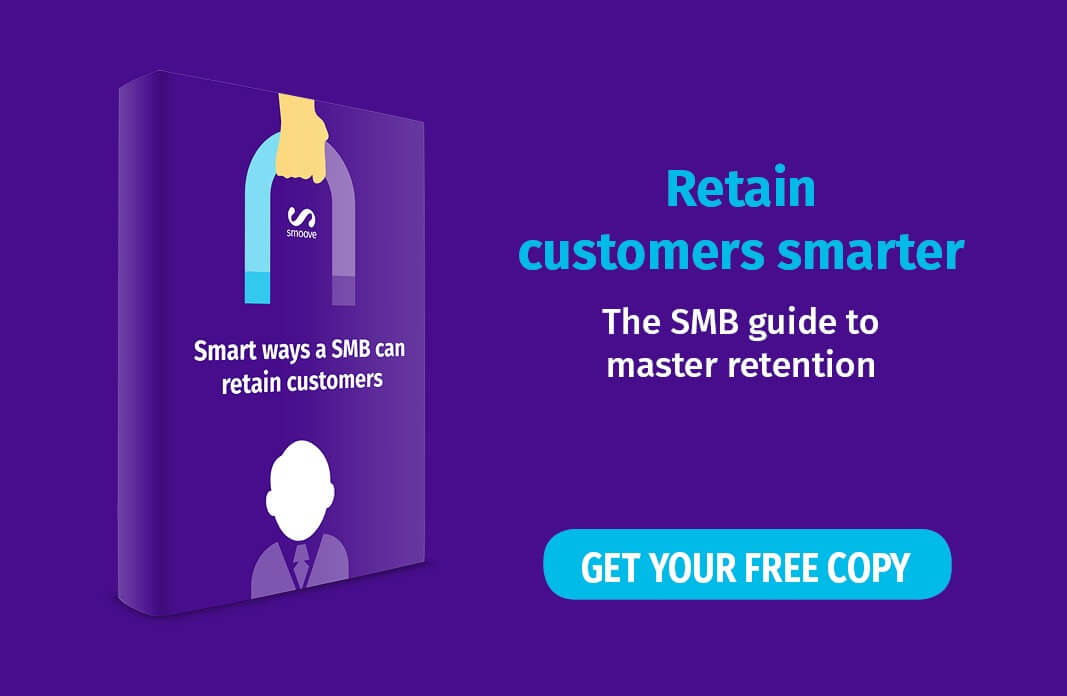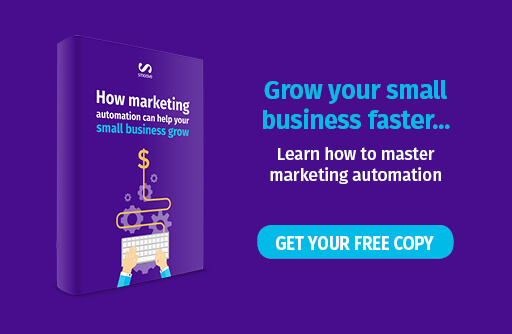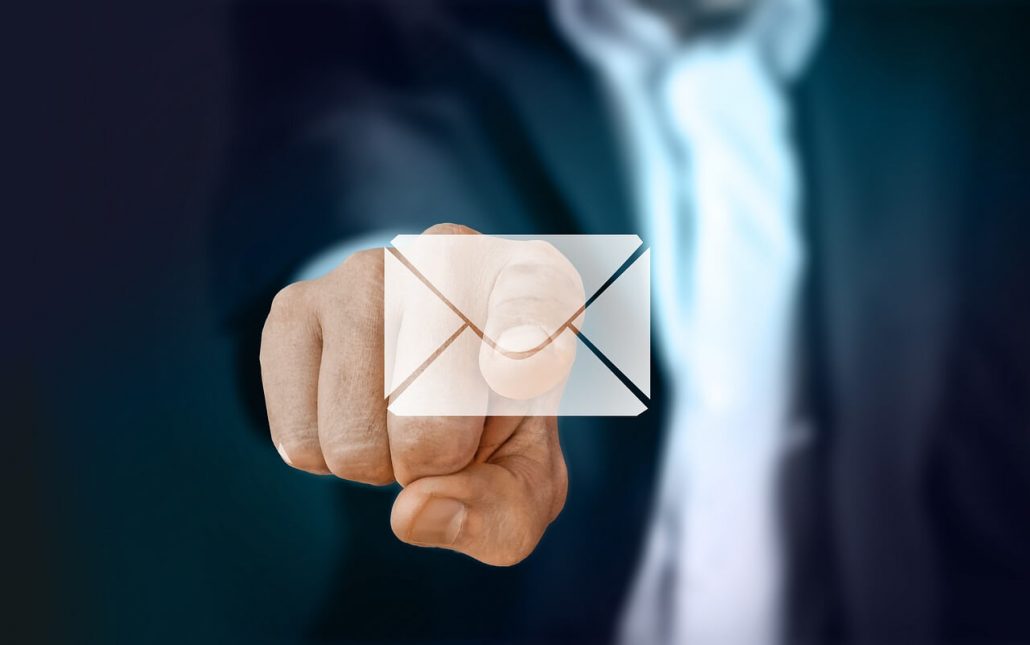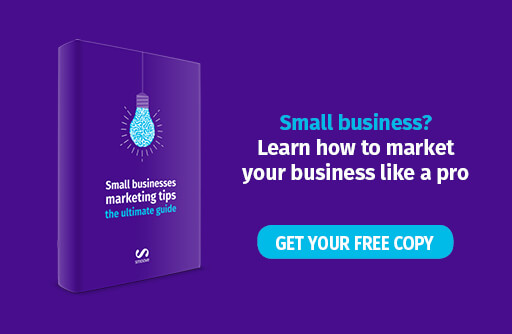How to Avoid Customer Churn in your SMB
Nothing in life is certain, except death and taxes…and customer churn. But, how do you know how much churn is too much churn? In the retail sector (for products without subscriptions), an average churn rate is 5-7%. It’s important to make sure that your churn number is calculated annually rather than monthly.
This is because a 5% monthly churn rate actually reflects a 46% annual return rate. Here’s the math:
(100% – 5%) 12 months = 54% churn. If you subtract that from your retention rate of 100, you get 46%. This means that just to break even by the end of the year, you’d have to acquire 47 customers to grow by one customer in a year. Clearly, this is not a sustainable business model. If you do in fact have such a high number of customers leaving your business, it’s important to re-evaluate your product or service because an increase in your retention rate of as little as 5% can impact your profitability by up to 95%.
Are retention strategies are keeping you up at night? While you may know it’s not a one-size-fit-all approach and that customers have various degrees of loyalty from the moment they first interact with your product, the bottom line is that you need to continuously inform your customers of your value. The good news is, that’s entirely within your control.
While it may, at first, seem like a daunting task to keep up with so many moving parts and a range of customers, it is possible to succeed, you just need to break down the process of retention and customer success into pieces like that of a puzzle. By combining data and tactics, you can grow client satisfaction, understand when and why churn happens, and even turn loyal customers into brand ambassadors.
-
Define Customer Personas and Manage
Expectations
It’s important to know who your customers are and what they expect your product to deliver. There are aspects of customer satisfaction that are outside of your control, but if you start by defining customer personas and what your product will do for each of them, you can predict their needs during the product cycle and adequately manage their expectations along the way. Combined with implementing real-time communication via social media and gaining feedback via surveys, you can also define distinct customer personas based on insights like how they connect with your product in the first place. Demographics are a common starting point, but knowing exactly how people interact with your brand can open the doors for optimized communication. For example, if your customers are more engaged on social media than with email newsletters, it makes sense to communicate with them through that medium to gain feedback.
The most common reason for customer churn is because people are unhappy and dissatisfied. Most people stray when reality doesn’t meet expectations, and in business, that means your product isn’t delivering the outcome they were promised or expected. While this may mean it’s time to check the efficacy of your product or service, it could also simply be a signal that something is being lost in communication with the customer. By outlining the product cycle and mapping the point at which customers are becoming engaged or less engaged, you will be able to adjust the messages being delivered at those points in time. This is where customer journey mapping begins.
-
Track Behavior: Customer Journey Mapping
Tracking a customer’s behavior through website data, analytics, and in-store traffic is just the tip of the iceberg in understanding how clients interact with your brand.
 source: pexels
source: pexels
To go even more in depth on this path of insight, use customer journey mapping, or a detailed and graphical outline of the customer’s critical touch points with your product – before, during, and after their purchase. By understanding where customers spend most time (about us, FAQs, product page, mission etc.), you can gain insight into what they need or care about. What are they saying on social media, where are they going to get help? For example, Domino’s Pizza has a real-time chat bot on Facebook Messenger that allows orders to be placed through social media, as well as a Tweet to Order function. DOM The Pizza Bot is capable of offering help as well as processing orders, so the customer can easily access the brand and make a purchase in the same way they would talk to their friends via social platforms. Being able to communicate with your customers in the way they are most comfortably and conveniently served makes it easier to stay in touch and opens the lines up to promote your brand messaging effectively.
Based on this outline, you will be able to more clearly identify where engagement is high versus low, and you can analyze the approach to see what is working and what needs fine-tuning. Along the product journey, you can automate email drip marketing to set up communication with your customers at defined moments. Whether you set emails to be delivered based on time or automate them based on customer behavior (i.e. after a purchase is made or when a return is processed), you can communicate directly with little effort, yet the messages will still feel personalized and be able to address customers’ needs. For example, luxury jewelry retailer Tiffany & Co. sends an email after your in-store return or purchase signed by the salesperson who helped you to thank you for your time in the store and see if there’s anything else you may need. This extra touch makes the whole shopping experience feel intimate and creates the feeling that their team members care about you personally. With these extra touches, you’re effectively ensuring customer satisfaction before issues arise. Only about 1 out of 26 customers will report an issue. The rest will likely abort your product; therefore, it’s important to stay in contact with customers so that if they do need help, it’s easy for them to receive support.
Everything in business comes down to cost vs. benefit. Analyze your customers in terms of profit. Pareto’s 80/20 rule is invaluable here – 20% of customers typically generate 80% of your profit. Focus your resources on keeping these customers happiest, as they are the ones that will produce the greatest ROI and highest lifetime values.
-
Stop Churn in Its Tracks
Regardless of the reason a customer chooses to leave, you want to be able to know before it happens so that you can stop it. By building an alert system in a given time period, say on a weekly or monthly basis, you can automatically set up notifications to inform sales and account managers to reach out to a customer based on specific changes in purchase levels and activity. For example, if you know your product typically lasts for a certain amount of time after it has been purchased, you should be able to set up outreach when it is expected to be repurchased. If a customer isn’t repurchasing when expected, you can have an email reminder sent with a subject line like “It’s Time to Reorder”. Your product’s cycle can be outlined so that when certain milestones aren’t being met, outreach becomes automatic. This tactic can also be employed during onboarding. When you acquire new customers, you want to be sure they are being serviced impeccably so that their needs are met. Creating a lasting first impression could make all the difference for retention. Therefore, recurring alerts can be created so that follow-ups with batches of new customers in any given time period, say on a weekly or monthly basis, become standard protocol.
-
Implement Incentives & Reward Loyalty
People like earning rewards and feeling important. Developing a rewards/loyalty program is one way to keep customers hooked on coming back for more. By turning purchases into a type of “game,” where customers can level up, they’re automatically incentivized to remain loyal because of the added value of gifts and discounts they receive every time they spend. This also seamlessly translates into extra word of mouth marketing. For example, as customers earn more points and up their status, they are likely to share their experience with their circle of friends and showcase their status, especially if they get rewards for sharing too.
Additionally, people who are rewarded for their purchases become brand ambassadors organically. If you have the opportunity to provide your best spenders with some branded merchandise or additional freebies, they will gladly showcase them and continue to be your advertising agents, free of charge. Of course, this still means the customer experience needs to be of utmost importance because once they are acquired, it’s all about keeping them happy so that they don’t have any reason to shop around.
A great example of a golden (pun intended) rewards program comes from the ubiquitous coffee connoisseur, Starbucks. Seattle-based Starbucks created the Starbucks Rewards Program, with its own mobile app that tallies “stars,” or customer purchases, allowing users to pay/reload their card via the app, find store locations, and more. When you reach and sustain a certain level (or status), you receive a personalized gold card. Starbucks further utilizes the app through email marketing and creates certain promotions like Double Star Days to incentivize more foot traffic in its locations.
 source: pixabay
source: pixabay
-
Incentivize Your Team
Prioritizing the customer experience stems from within the heart of a business. If employees are empowered and believe in the brand, they will want to present the company’s values and mission in the best light. This, in turn, breeds optimized customer service. Furthermore, employee incentives and perhaps monetary commissions further promote better service. While you take the time to analyze customers and their experience, be sure to spend some time looking for any improvements that can be made within your organization. Start by asking employees, probably anonymously, for their honest feedback on what would make them feel happier in their work environment; that’s a zero cost and surely beneficial place to start.
 source: Pixabay
source: Pixabay
All Wrapped Up: What’s Next?
When it comes to customer retention, small changes can translate into big results. As you know, customer acquisition is more expensive than customer retention, so by keeping your customers happy, you will lower your costs, increase customers’ lifetime value, and grow your reach through referrals and word of mouth marketing.
The lowest hanging fruit is internal; start with your team by asking for their feedback and ideas around the creation of a loyalty program and for a list of what customers complain about most. After getting your team on the same page where everyone will prioritize customer satisfaction, you can enact some or all of these strategies and continue measure results and refine.
Moreover, what are the things that would incentivise your customers to come back. Map out special events, holidays, TV specials and anything else that would make real time marketing to them possible.
If there was one thing you could improve for your customer’s experience today, what would it be?






 Image Credit:
Image Credit:  Image Credit:
Image Credit: 




